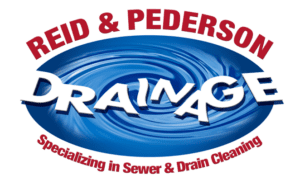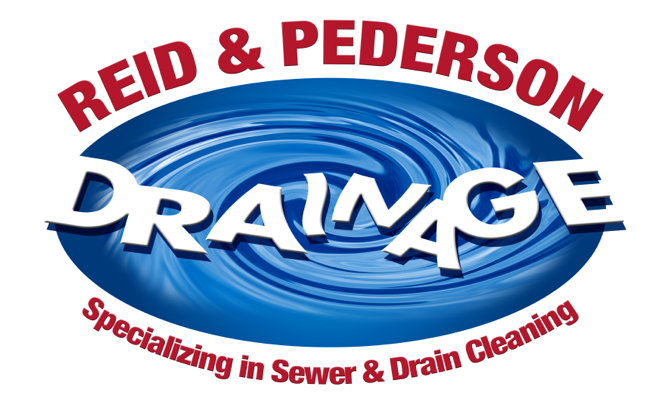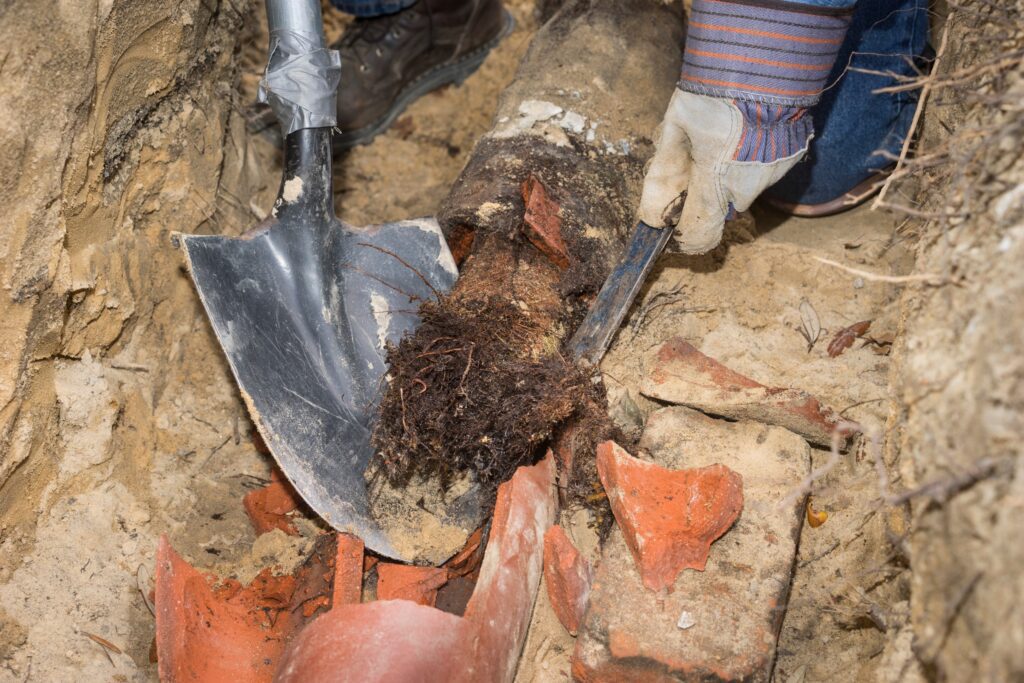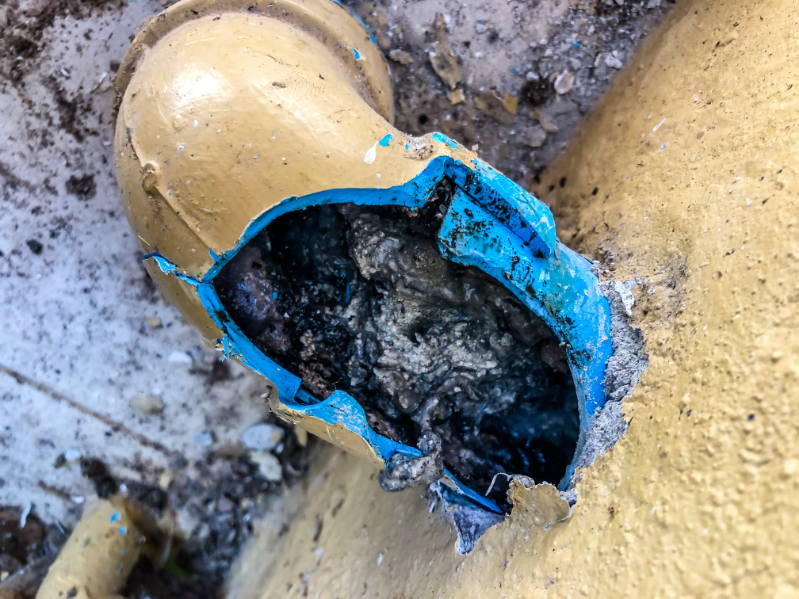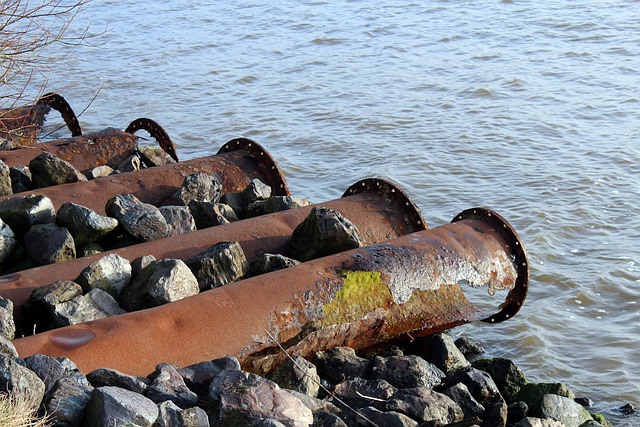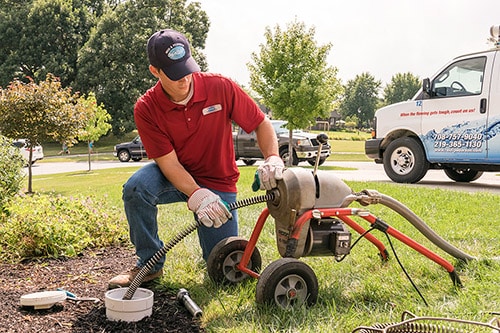
Tree roots enter your sewer pipes through small cracks in the joints of the pipes. And once they’re in, they continue to grow, being constantly fed by the water flowing through them.
In most cases, sewer rodding provides a thorough cleaning of your sewer to eliminate roots, especially if it’s done preventively every year.
However, there are instances where sometimes a bit more is needed to thoroughly eliminate very thick and heavy roots. When this is the case, Reid & Pederson stands ready with an innovative and highly effective solution – precision cleaning!
Keep reading to learn more about this method or simply reach out to the Crete drain and sewer experts today!
South Suburbs
NW Indiana
How Does Precision Cleaning Work?
Precision cleaning utilizes a special head equipped with chains on the end of it. With a camera also attached, we guide the chains through the pipe, finding all areas of heavy root growth.
When we find these areas, we turn on the machine, which spins the chains very rapidly. This rapid motion blasts away any traces of heavy roots, giving a thorough “wall to wall” cleaning of your pipes.
After precision cleaning, we usually hydro-jet the line to ensure there’s nothing left but sparkling clean, clog-free pipes. And although powerful, this process does not cause any damage to your pipes!
How Do I Know If I Need Precision Cleaning?
Precision Cleaning is a specialized process and is not done on all sewer pipes. Chances are, your annual sewer rodding will be enough to ensure your sewer is always flowing freely. But at times when this isn’t the case, Reid & Pederson has you covered with a process that will absolutely ensure your sewer remains flowing all year round.
Crete Sewer Cleaning Pros Here to Help!
If you’ve been having trouble with your sewer line and suspect you have a clog, reach out to the Crete sewer experts. Whether you need your sewer rodded, hydro-jetted or precision cleaned, we’ve got you covered!
